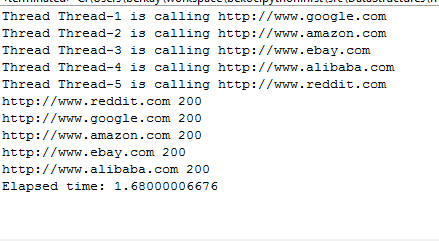i have written a post about which programming language to use for the implementation of algorithms in machine learning, yet i have came across another scientific computing language while i was searching about recurrence. It's called Julia:
Julia is a high-level, high-performance dynamic programming language for technical computing, with syntax that is familiar to users of other technical computing environments. It provides a sophisticated compiler, distributed parallel execution, numerical accuracy, and an extensive mathematical function library. The library, largely written in Julia itself, also integrates mature, best-of-breed C and Fortran libraries for linear algebra, random number generation, signal processing, and string processing. In addition, the Julia developer community is contributing a number of external packages through Julia’s built-in package manager at a rapid pace. IJulia, a collaboration between the IPython and Julia communities, provides a powerful browser-based graphical notebook interface to Julia.
i'm not sure that i need to use it but it desires to look at it because it is stated in official release that Julia beats all other high-level systems (i.e. everything besides C and Fortran) on all micro-benchmarks.
you can read more detailed post "MATLAB, R, and Julia: Languages for data analysis" if you'd like to give a decision of using it or not. In addition, i'd like to recommend reading the post "A Matlab Programmer's Take On Julia",which criticizes Matlab. Finally, take a look at some benchmark results of fibonacci and matrix multiplication computations implemented with Julia.









